Home>diy>Building & Construction>What Division Is Plumbing In Construction
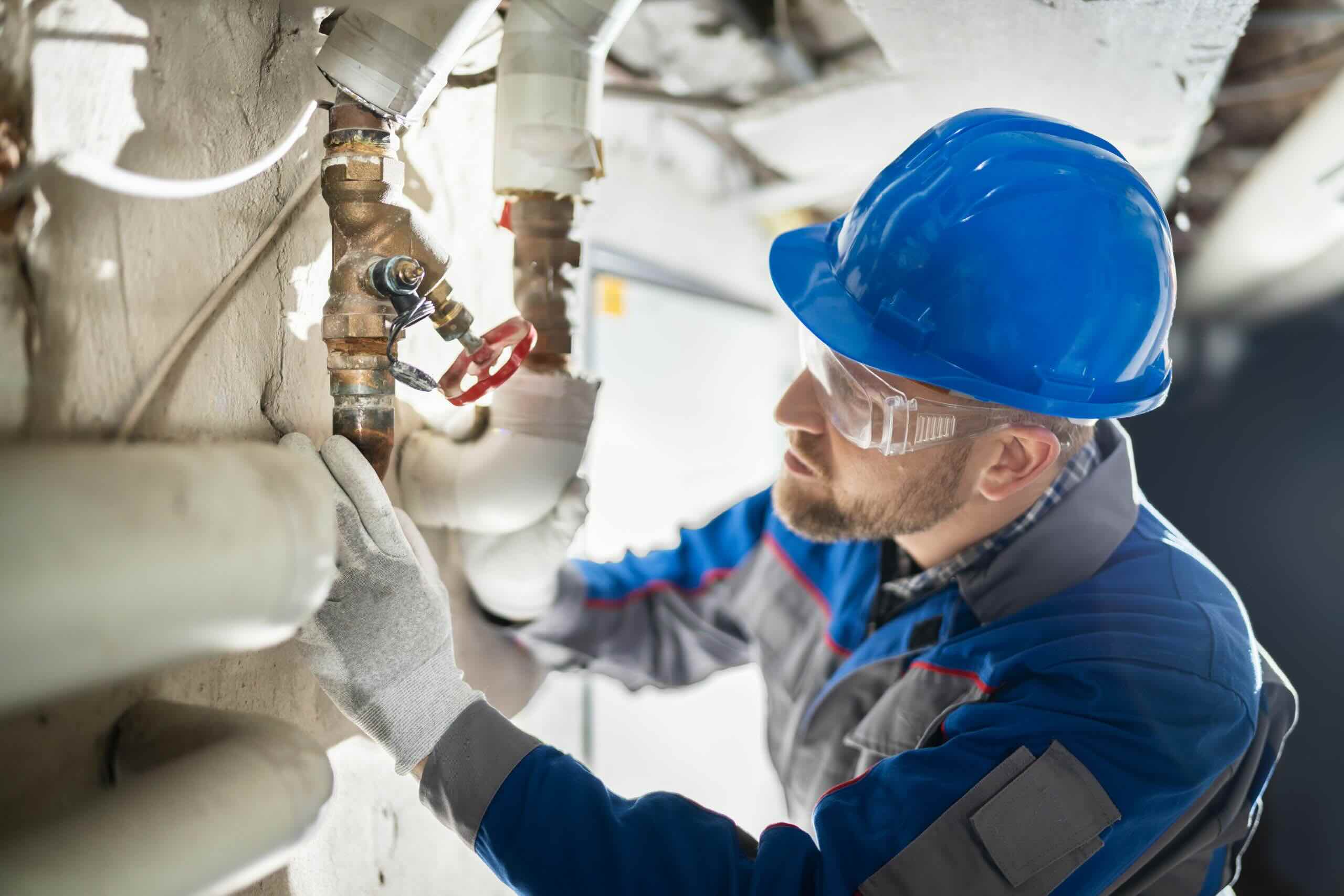

Building & Construction
What Division Is Plumbing In Construction
Modified: January 6, 2024
Find out which division plumbing falls under in building construction. Learn about the role of plumbing in the construction industry and its importance in ensuring efficient water supply and drainage systems.
(Many of the links in this article redirect to a specific reviewed product. Your purchase of these products through affiliate links helps to generate commission for Storables.com, at no extra cost. Learn more)
Introduction
Welcome to the world of construction, where every project is a masterpiece in progress. From towering skyscrapers to humble homes, the intricate process of building requires the expertise of various divisions. One such vital division is plumbing, which plays a crucial role in ensuring the smooth functioning and comfort of a building.
Plumbing, often considered the lifeline of a structure, involves the installation, maintenance, and repair of pipes, fixtures, and other equipment used for water supply, drainage, and sewage disposal. It is an essential aspect of any construction project, as it ensures the delivery of clean water and the safe removal of waste.
In this article, we will delve deeper into the importance of the plumbing division in construction projects. We will explore the responsibilities of plumbers, the codes and regulations they adhere to, the different systems and components involved, and the challenges they face.
So, join us on this journey through the pipes and fittings that populate the world of construction, as we uncover the significance of plumbing and its role in building the structures that surround us.
Key Takeaways:
- Plumbing is a foundational division in construction, ensuring clean water supply, waste disposal, and overall building functionality. Plumbers’ expertise and adherence to regulations are essential for safety and longevity.
- The importance of the plumbing division in construction cannot be overstated, as it contributes to public health, safety, comfort, and environmental sustainability. Plumbers play a critical role in ensuring efficient and reliable plumbing systems.
Read more: What Division Is Landscaping In Construction
Understanding the Role of Plumbing in Construction
When you think of construction, you may envision towering buildings, heavy machinery, and skilled workers diligently working on various tasks. While these elements are undoubtedly crucial, one often overlooked aspect is the plumbing division. Plumbing plays a foundational role in construction, ensuring the efficient functioning of water supply and waste disposal systems.
The primary function of the plumbing division is to facilitate the flow of clean water into a building and ensure the safe removal of wastewater. This involves the installation, maintenance, and repair of pipes, fixtures, valves, and other components that make up the plumbing system. Plumbers in the construction industry are responsible for meticulously planning, designing, and executing plumbing systems to meet the specific needs of the building and its occupants.
Plumbing in construction encompasses a wide range of tasks, including the installation of water supply lines, drainage systems, and sewage disposal systems. Plumbers work closely with architects, engineers, and other professionals to ensure that the plumbing system aligns with the overall design and functionality of the building.
Without proper plumbing, buildings would lack essential amenities such as clean water for drinking, cooking, and sanitation. Plumbing also plays a crucial role in maintaining a hygienic and comfortable environment by allowing for the efficient removal of waste from the building.
Moreover, plumbing in construction extends beyond just water supply and waste disposal. It also includes the installation of gas lines, fire sprinkler systems, and other specialized systems that contribute to the safety and functionality of the building.
Overall, plumbing is an indispensable division in the construction industry, ensuring that buildings function effectively and provide a high standard of living for their occupants. From residential homes to commercial complexes, the role of plumbing is vital in the overall success and longevity of any construction project.
Plumbing Division in Construction Projects
In construction projects, the plumbing division is responsible for the installation, maintenance, and repair of plumbing systems. It is a specialized field that requires skilled professionals with a deep understanding of building codes, regulations, and industry standards.
When a construction project begins, the plumbing division is involved from the early planning stages. Plumbers collaborate with architects, engineers, and other professionals to design the most efficient plumbing system for the building. They assess the requirements, layout, and specifications to determine the optimal placement of pipes, fixtures, and other components.
Once the design phase is complete, the plumbing division proceeds with the installation of the plumbing system. This includes the laying of pipes for water supply, drainage, and sewage disposal. Plumbers also install fixtures such as sinks, toilets, showers, and water heaters, ensuring proper connections and functionality.
Throughout the construction process, the plumbing division works closely with other trades, such as electricians and HVAC technicians. Coordinated efforts are required to ensure that plumbing components are correctly integrated with other systems, such as electrical wiring and heating/cooling ducts.
As the construction project progresses, the plumbing division conducts regular inspections to ensure that the plumbing system meets all building codes and regulations. They check for leaks, proper water pressure, and adequate drainage to address any issues before completion.
Once the construction project is finished, the plumbing division remains involved in ongoing maintenance and repair. Regular maintenance and inspections help identify potential issues and prevent major plumbing problems down the line. In the case of any plumbing emergencies or repairs, the plumbing division is called upon to provide immediate assistance.
It is important to note that plumbing in construction projects goes beyond just residential or commercial buildings. Plumbers are also involved in specialized projects such as hospitals, schools, and industrial facilities that require specific plumbing requirements.
In summary, the plumbing division in construction projects plays a critical role in ensuring the proper installation, maintenance, and repair of plumbing systems. Their expertise and attention to detail are essential for the functionality and longevity of the building’s plumbing infrastructure.
Responsibilities of Plumbers in Construction
Plumbers in the construction industry have a wide range of responsibilities that encompass the planning, installation, and maintenance of plumbing systems. Their expertise is vital for ensuring the proper functioning of water supply, drainage, and sewage disposal systems in buildings. Here are some key responsibilities of plumbers in construction:
- Reading and interpreting blueprints: Plumbers work closely with architects and engineers to understand the layout and design of the plumbing system as depicted in blueprints. They need to accurately interpret these technical drawings to ensure proper installation.
- Installation of plumbing systems: Plumbers are responsible for installing pipes, fixtures, valves, and other components that make up the plumbing system. This includes laying out and connecting water supply lines, drainage pipes, and sewage disposal systems, ensuring proper angles, connections, and sealing.
- Testing and inspection: Plumbers conduct thorough testing and inspections of the plumbing system to ensure its proper functioning. This includes checking for leaks, ensuring adequate water pressure, and testing the operation of fixtures such as sinks, showers, and toilets. They also inspect the overall plumbing system for compliance with building codes and regulations.
- Maintenance and repairs: Plumbers are responsible for the ongoing maintenance and repair of plumbing systems in construction projects. This includes regular inspections to identify any potential issues and promptly address them before they become major problems. In the event of leaks, clogs, or other plumbing emergencies, plumbers are called upon to provide immediate repair services.
- Collaboration with other trades: Plumbers work closely with other tradespeople, such as electricians and HVAC technicians, to ensure the proper integration of plumbing components with electrical wiring, heating/cooling systems, and other building systems. Collaboration and coordination are key to ensuring the effective functioning of the entire construction project.
- Adherence to codes and regulations: Plumbers must have a thorough understanding of local and national plumbing codes and regulations. They ensure that the construction project’s plumbing system complies with these standards to guarantee safety, efficiency, and legal compliance.
Overall, plumbers play a critical role in construction projects by ensuring the proper installation, maintenance, and repair of plumbing systems. Their expertise, attention to detail, and adherence to codes and regulations are essential for the functionality and longevity of the building’s plumbing infrastructure.
Plumbing Codes and Regulations in Construction
Plumbing codes and regulations are essential guidelines that govern the design, installation, and maintenance of plumbing systems in construction projects. These codes and regulations are put in place to ensure the safety, efficiency, and functionality of the plumbing infrastructure. Plumbers in the construction industry must have a deep understanding of these codes and regulations to ensure compliance. Here are some key aspects of plumbing codes and regulations:
- Building codes: Building codes are a set of regulations that specify the minimum standards for building construction and safety. They cover various aspects of plumbing, including water supply, drainage, and sewage disposal systems. Building codes vary by region, and it is the responsibility of plumbers to be familiar with the specific codes for the location of the construction project.
- Health and safety regulations: Health and safety regulations focus on ensuring that the plumbing system does not pose any health hazards to the occupants of the building. These regulations may include guidelines for proper sanitation, prevention of contamination, and the use of safe materials in plumbing installations.
- Material standards: Plumbing codes often specify the type and quality of materials that should be used in plumbing installations. This includes standards for pipes, fittings, valves, and other components to ensure their durability, compatibility, and resistance to corrosion or leaks.
- Fixture requirements: Plumbing codes may also include regulations regarding the installation and performance of fixtures such as sinks, toilets, showers, and water heaters. These regulations ensure that fixtures meet specific standards for water efficiency, flow rates, and overall performance.
- Proper venting and drainage: Plumbing codes address the importance of proper venting and drainage systems to prevent the buildup of gases, maintain proper air pressure, and ensure the efficient removal of wastewater from the building.
- Accessibility guidelines: Plumbing codes often include accessibility guidelines that ensure plumbing fixtures and facilities are designed and installed to accommodate individuals with disabilities. These guidelines may specify requirements for clearances, grab bars, and other accessibility features.
Plumbers in the construction industry must stay up-to-date with the latest plumbing codes and regulations. They must ensure that the plumbing system in a construction project complies with these standards from the initial design to the final installation. Failure to adhere to plumbing codes and regulations can result in safety hazards, legal issues, and costly repairs down the line.
By following the prescribed codes and regulations, plumbers contribute to the overall safety, efficiency, and functionality of the plumbing system in construction projects. Their expertise in navigating these guidelines ensures that the plumbing infrastructure meets the highest standards and provides a reliable water supply and waste disposal system for the building and its occupants.
Plumbing is typically part of the mechanical division in construction, along with HVAC and fire protection systems. It involves the installation of water supply, drainage, and gas systems in buildings.
Read more: What Division Is Stucco
Plumbing Systems and Components in Construction
Plumbing systems and components are the vital elements that make up the plumbing infrastructure in construction projects. These systems and components work together to provide a reliable supply of clean water and efficient removal of wastewater. Let’s explore some key plumbing systems and components commonly found in construction:
- Water supply system: The water supply system brings in clean water for various purposes, including drinking, cooking, and sanitation. It consists of pipes, valves, and fixtures that deliver water from the main supply to different parts of the building.
- Drainage system: The drainage system ensures the proper removal of wastewater from sinks, showers, toilets, and other fixtures. It includes pipes, traps, and drains that carry wastewater to the main sewage disposal system.
- Sewage disposal system: The sewage disposal system is responsible for safely disposing of human waste and wastewater. It typically involves pipes, septic tanks, or sewer lines connected to the municipal sewage system.
- Fixture plumbing: Fixture plumbing refers to the installation of individual fixtures such as sinks, toilets, showers, and water heaters. These fixtures are connected to the water supply and drainage systems, ensuring their proper operation and functionality.
- Gas piping system: In addition to water supply and drainage, plumbers in construction projects may also install gas piping systems. These systems deliver gas for heating, cooking, and other purposes. Gas systems require expertise in handling gas lines, fittings, and safety precautions.
- Fire sprinkler system: Fire sprinkler systems are critical for fire safety in buildings. Plumbers often collaborate with fire protection specialists to install and maintain the plumbing components of the sprinkler system, ensuring it is ready to activate in case of a fire.
- Backflow prevention system: Backflow prevention systems are designed to prevent the contamination of clean water by backflow or reverse flow of wastewater. Plumbers install backflow prevention devices to protect the potable water supply in the building.
In construction projects, plumbers carefully plan and install these plumbing systems and components according to the design and functionality requirements of the building. They ensure proper connections, sealing, and compliance with plumbing codes and regulations.
It’s essential to note that different construction projects may have varying plumbing system requirements depending on factors such as building type, size, location, and specific needs. Plumbers adapt their expertise to meet the unique plumbing demands of each project, ensuring that the systems and components work seamlessly to provide a reliable water supply and efficient wastewater removal.
By understanding and effectively installing these plumbing systems and components, plumbers contribute to the overall functionality, safety, and comfort of the building.
Challenges and Considerations in Plumbing Construction
Plumbing construction presents its own set of challenges and considerations that plumbers must navigate to ensure the successful installation and operation of plumbing systems. From design complexities to material selection, here are some key challenges and considerations in plumbing construction:
- Design intricacies: Plumbing systems can be complex, especially in large-scale construction projects. Plumbers must carefully analyze blueprints and collaborate with architects and engineers to ensure the precise placement and layout of pipes, fixtures, and other components. They need to consider factors such as building height, water pressure, flow rates, and accessibility requirements.
- Coordination with other trades: Plumbing installation often requires close coordination with other trades, such as electricians and HVAC technicians. Coordinated efforts are crucial to ensure that plumbing components are well-integrated with electrical and mechanical systems and do not interfere with each other.
- Material selection: Choosing the right materials is essential for the longevity and efficiency of plumbing systems. Plumbers must consider factors such as water temperature, pressure, and water quality when selecting pipes, fixtures, and other components. Making informed decisions about material compatibility and durability is critical to prevent issues such as leaks, corrosion, or water contamination over time.
- Compliance with codes and regulations: Plumbers must stay up-to-date with local and national plumbing codes and regulations. Failure to comply can result in costly delays, rework, or legal issues. Adhering to codes ensures the safety, efficiency, and longevity of the plumbing system.
- Accessibility and maintenance: Plumbers must consider accessibility for future maintenance and repairs when installing plumbing systems. Designing accessible access points to pipes, fixtures, and valves makes it easier for maintenance personnel to inspect, repair, or replace components without major disruptions to the building.
- Environmental considerations: Plumbing construction should take into account environmental sustainability. Plumbers can choose water-efficient fixtures, implement rainwater harvesting systems, and design greywater recycling systems to minimize water wastage and promote eco-friendly practices.
- Project timeline and budget: Plumbing construction needs to be synchronized with the overall project timeline and budget. Plumbers must carefully plan and allocate resources to meet construction deadlines without compromising on the quality and functionality of the plumbing system.
Addressing these challenges and considerations requires a combination of technical expertise, problem-solving skills, and attention to detail. Plumbers in construction projects must proactively communicate with other professionals, stay updated on industry trends, and employ innovative solutions to overcome obstacles and deliver successful plumbing installations.
By anticipating and addressing these challenges and considerations, plumbers ensure the efficient and reliable operation of plumbing systems throughout the lifespan of the building.
Importance of Plumbing Division in Construction
The plumbing division plays a crucial role in construction projects, contributing to the functionality, comfort, and overall success of the building. Here are some key reasons why the plumbing division is of utmost importance in construction:
- Water supply and sanitation: Plumbing ensures the delivery of clean and safe drinking water to a building. It also facilitates the efficient removal of wastewater and sewage, ensuring a hygienic environment. Without proper plumbing, a building would lack essential amenities for daily activities such as cooking, cleaning, and personal hygiene.
- Compliance with regulations: Plumbing construction must adhere to specific building codes and regulations. These regulations aim to safeguard public health, ensure proper sanitation, and prevent contamination of water sources. Plumbers ensure that the plumbing system meets these legal requirements, providing peace of mind to building owners and occupants.
- Safety and prevention of water damage: Properly installed and maintained plumbing systems protect the building from potential water damage. Plumbers use specialized techniques and materials to prevent leaks, bursts, and flooding. By minimizing water-related risks, the plumbing division helps preserve the structural integrity of the building and protect valuable assets.
- Comfort and convenience: Plumbing systems provide convenience and comfort to the occupants of a building. It allows for the efficient supply of hot water for bathing and cleaning, as well as the proper functioning of fixtures such as toilets, sinks, and showers. Plumbing also enables the installation of advanced features like spa tubs, rain showers, and smart water control systems, enhancing the overall living experience.
- Energy efficiency: Plumbing systems play a role in energy efficiency in buildings. Proper insulation of pipes, efficient water heaters, and water-saving fixtures contribute to reducing energy consumption and utility costs. Plumbers can also incorporate sustainable practices, such as rainwater harvesting and greywater recycling, to conserve water resources and promote environmental sustainability.
- Public health and sanitation: Plumbing systems and proper wastewater disposal are crucial for maintaining public health and preventing the spread of diseases. By ensuring the efficient removal of wastewater, plumbers help prevent the contamination of water sources and the potential outbreak of waterborne illnesses. They also play a critical role in implementing backflow prevention systems to safeguard the potable water supply.
- Longevity and value of the building: Well-designed and properly installed plumbing systems contribute to the longevity and value of the building. Plumbing infrastructure that is durable, efficient, and compliant with standards increases the overall worth of the property. It also reduces the likelihood of costly repairs and renovations in the future.
From residential homes to commercial complexes, the importance of the plumbing division in construction cannot be overstated. Plumbers bring their expertise and attention to detail to ensure the proper installation, functionality, and maintenance of plumbing systems. Their work enhances the quality of life for occupants and establishes a foundation of safety, comfort, and convenience within the built environment.
Conclusion
The plumbing division is an integral part of construction projects, playing a vital role in ensuring the efficient functioning of water supply, drainage, and sewage disposal systems. Plumbers bring their expertise and knowledge of building codes and regulations to design, install, and maintain plumbing infrastructure that meets the specific needs of the building and its occupants.
Throughout the construction process, plumbers collaborate with architects, engineers, and other professionals to ensure the seamless integration of plumbing systems with other building components. They navigate challenges such as design intricacies, material selection, coordination with other trades, and adherence to codes and regulations.
The importance of the plumbing division in construction cannot be overstated. Plumbing systems provide access to clean drinking water, facilitate sanitation, and protect the building from water damage. They contribute to the comfort, convenience, and health of occupants. Plumbing also plays a significant role in promoting energy efficiency, environmental sustainability, and the longevity of the building. Plumbers ensure proper installation and maintenance to maximize the value and safety of the property.
In conclusion, the plumbing division in construction is a vital component that ensures the smooth operation and functionality of the building’s plumbing systems. Through their expertise, attention to detail, and adherence to codes and regulations, plumbers contribute to the success, comfort, and well-being of the building and its occupants. Their work forms the foundation of a reliable and efficient plumbing infrastructure that supports our daily activities and enhances the quality of our lives.
Frequently Asked Questions about What Division Is Plumbing In Construction
Was this page helpful?
At Storables.com, we guarantee accurate and reliable information. Our content, validated by Expert Board Contributors, is crafted following stringent Editorial Policies. We're committed to providing you with well-researched, expert-backed insights for all your informational needs.
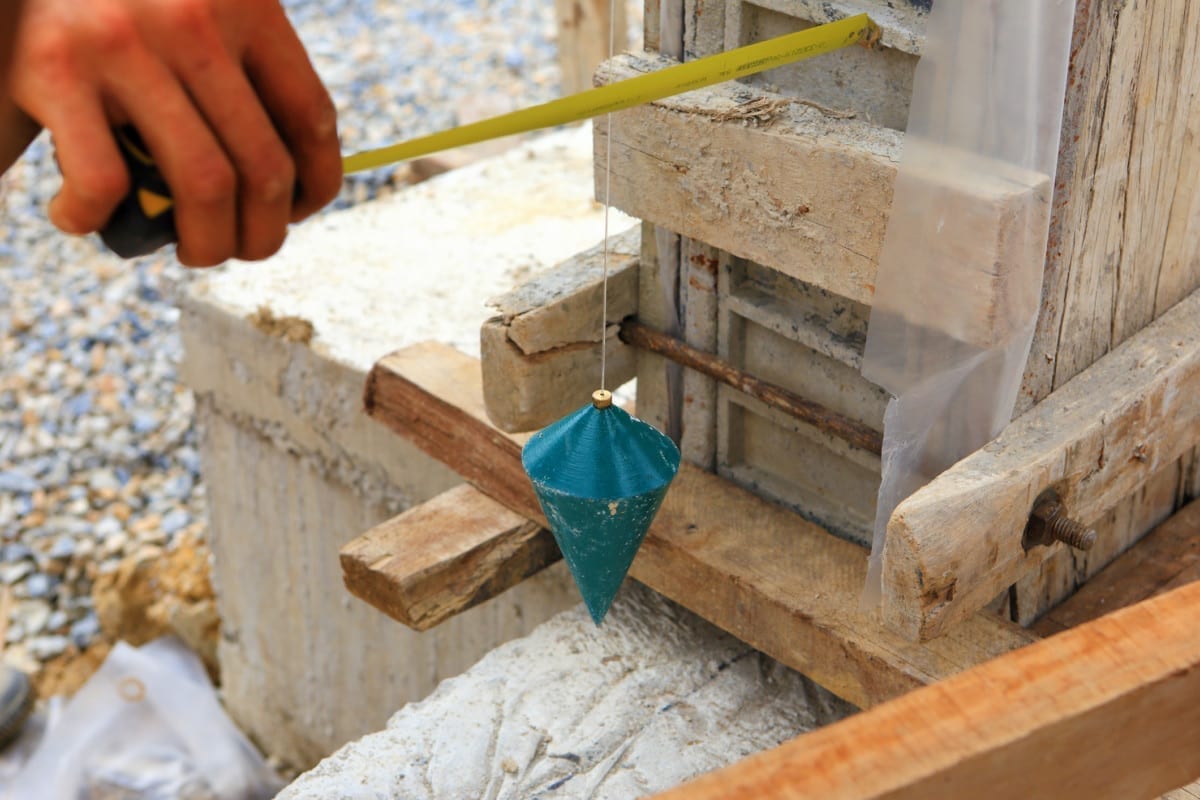
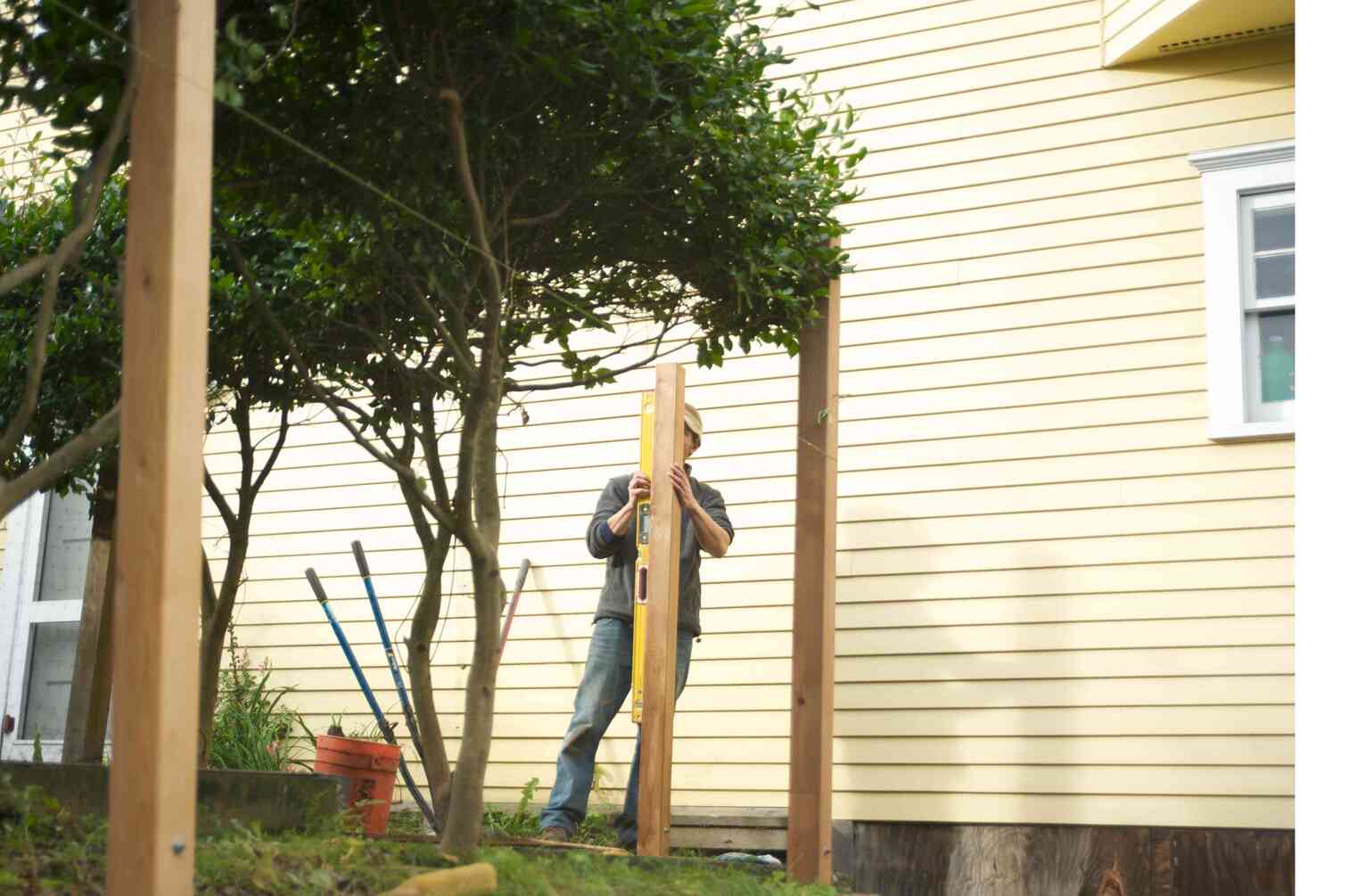
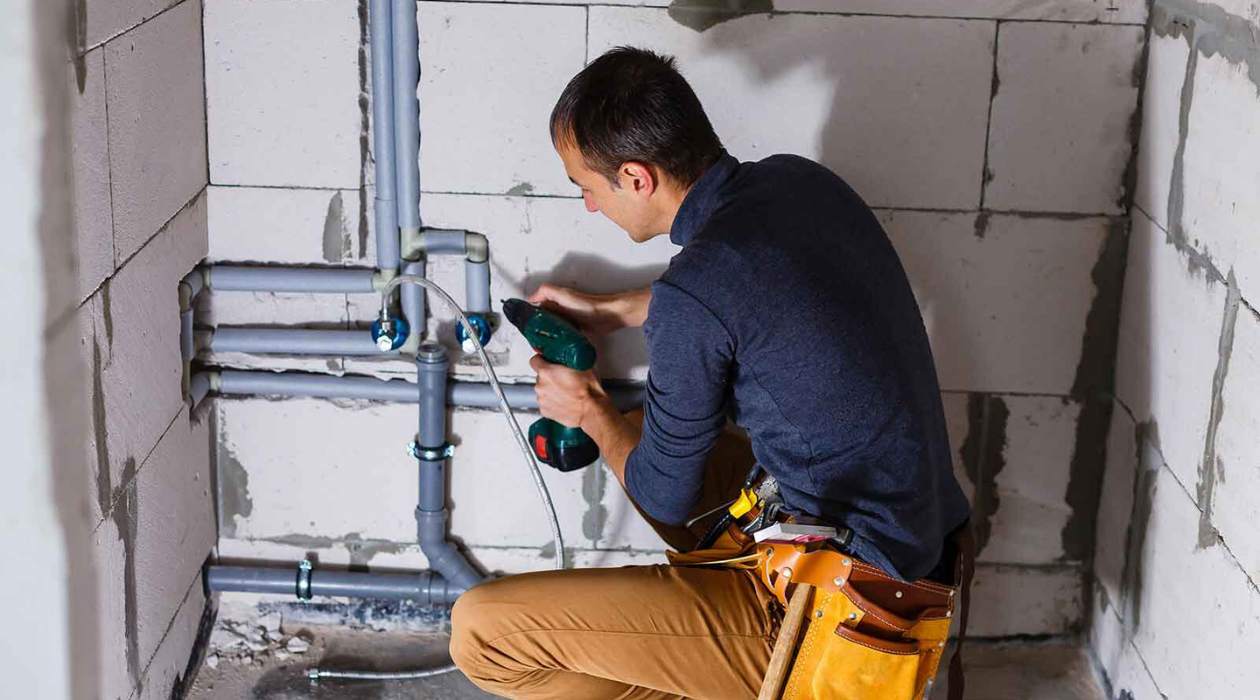
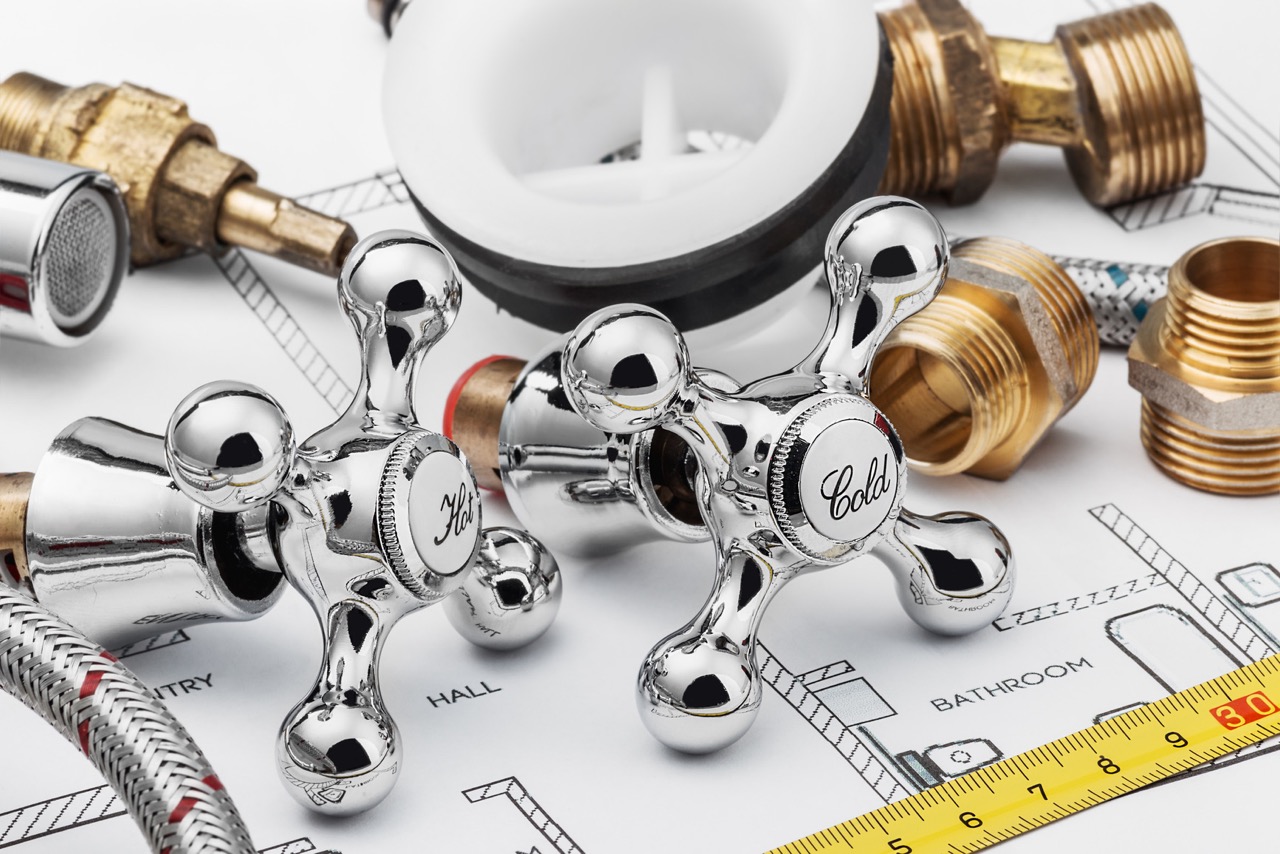
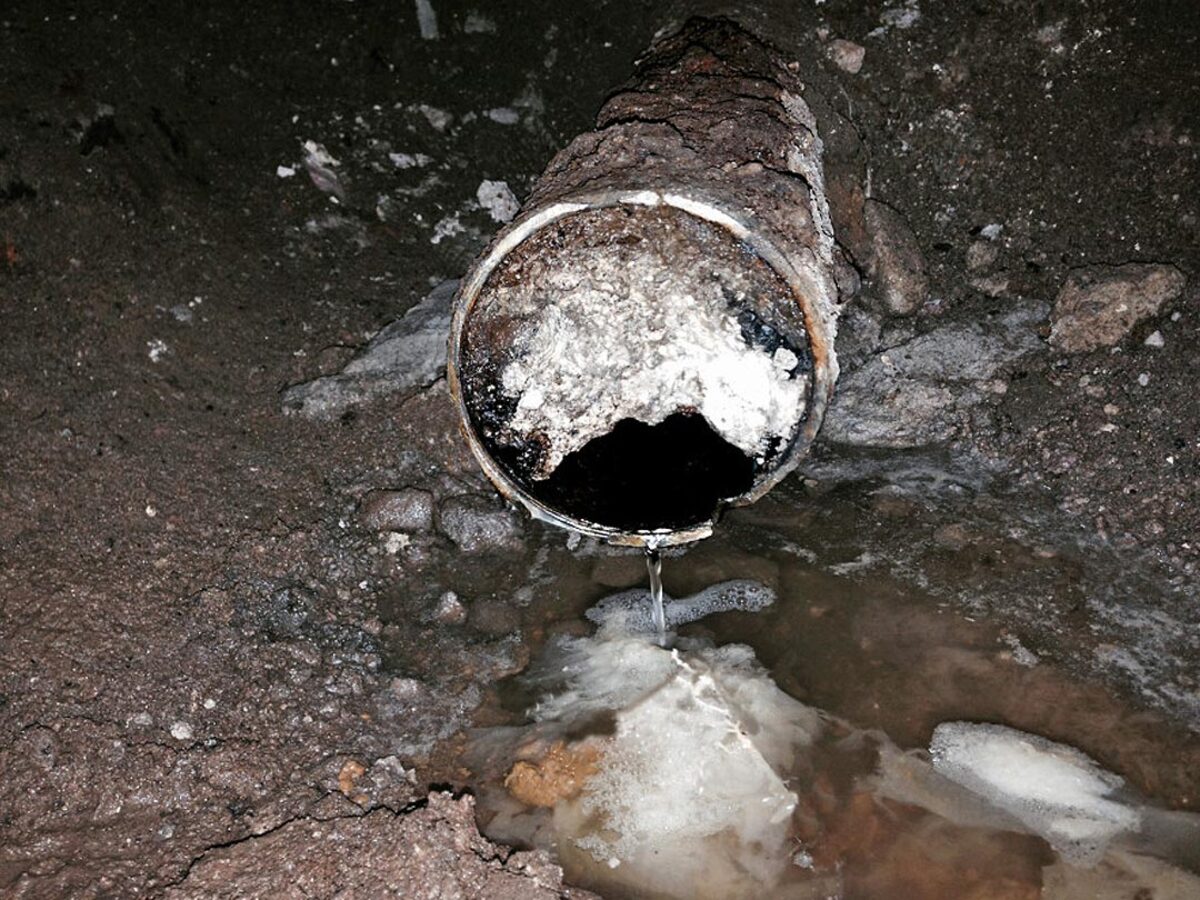
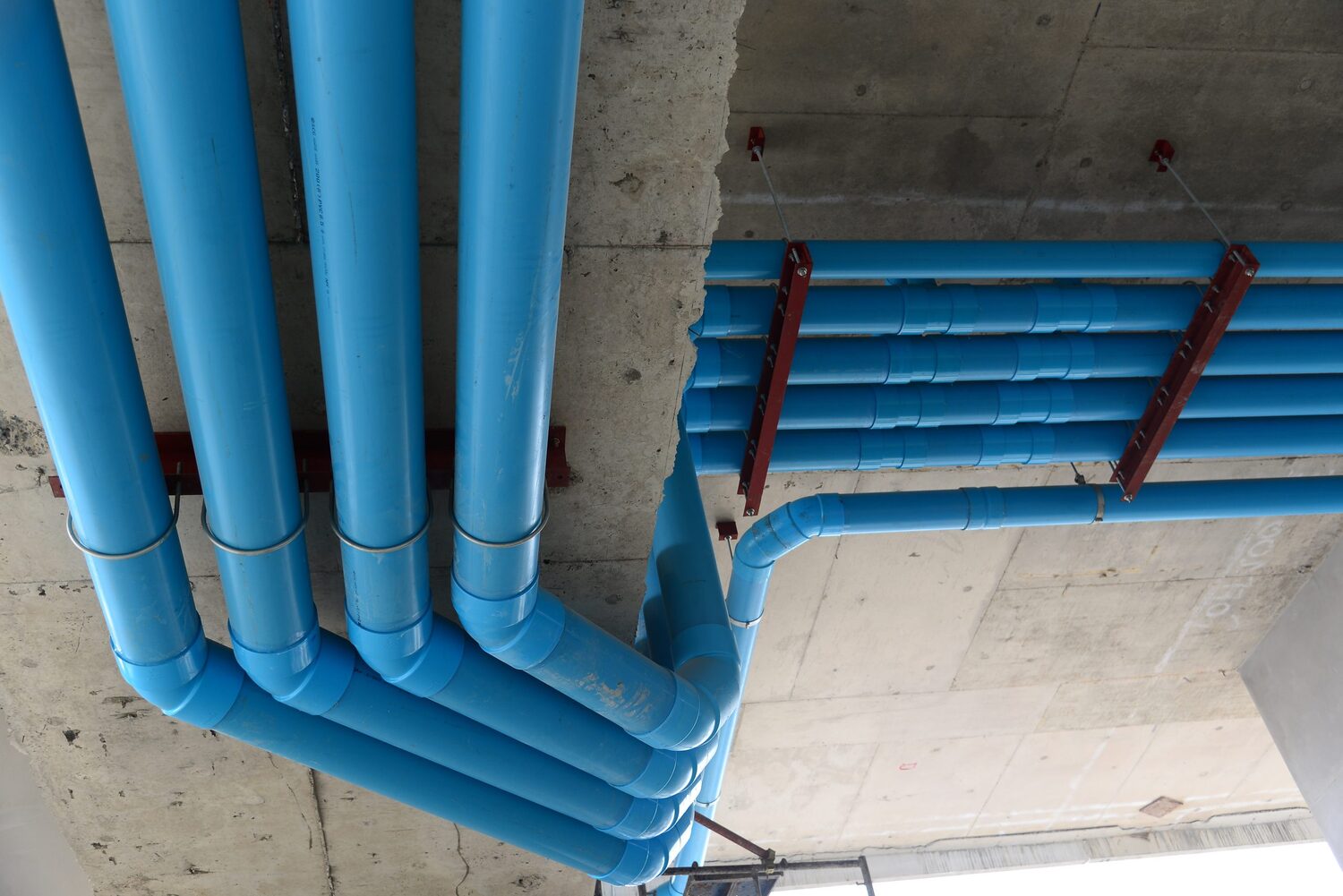
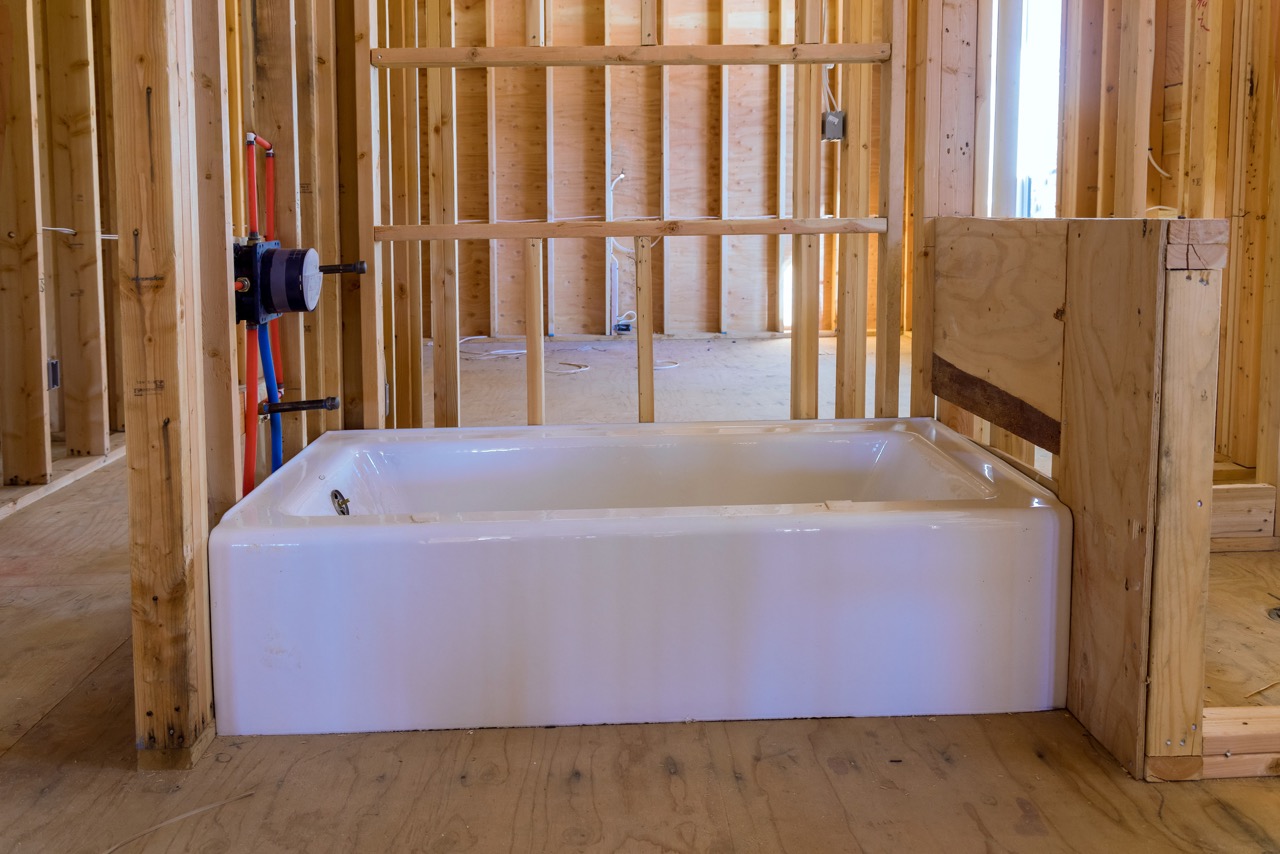
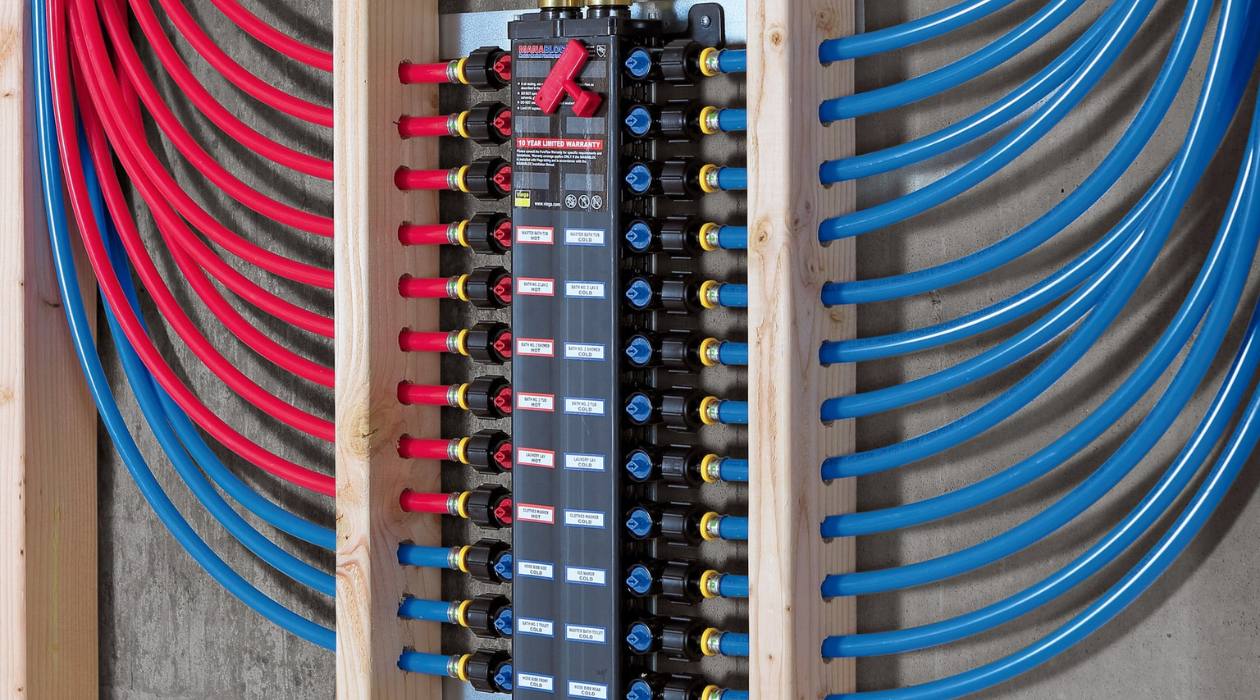
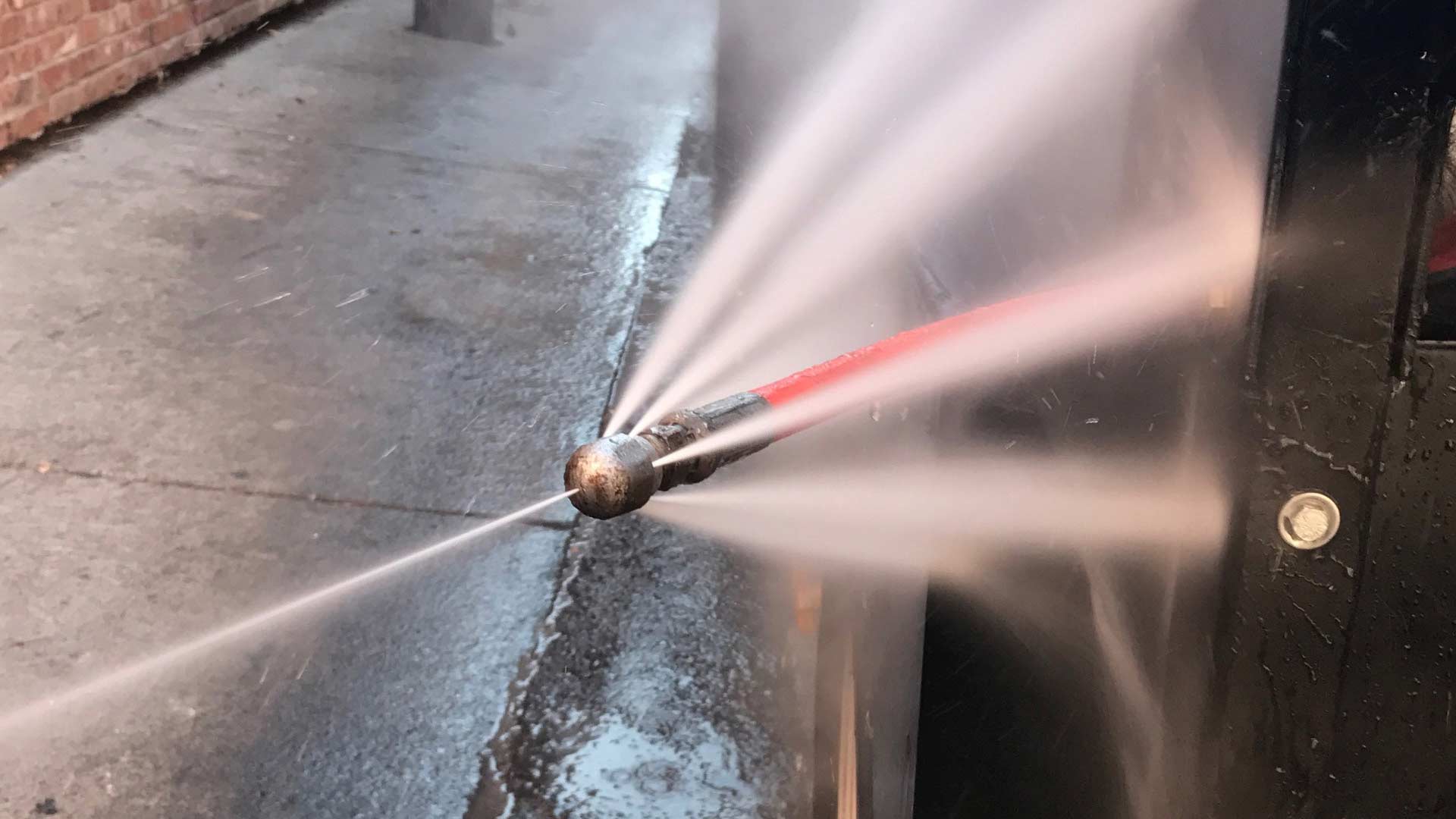
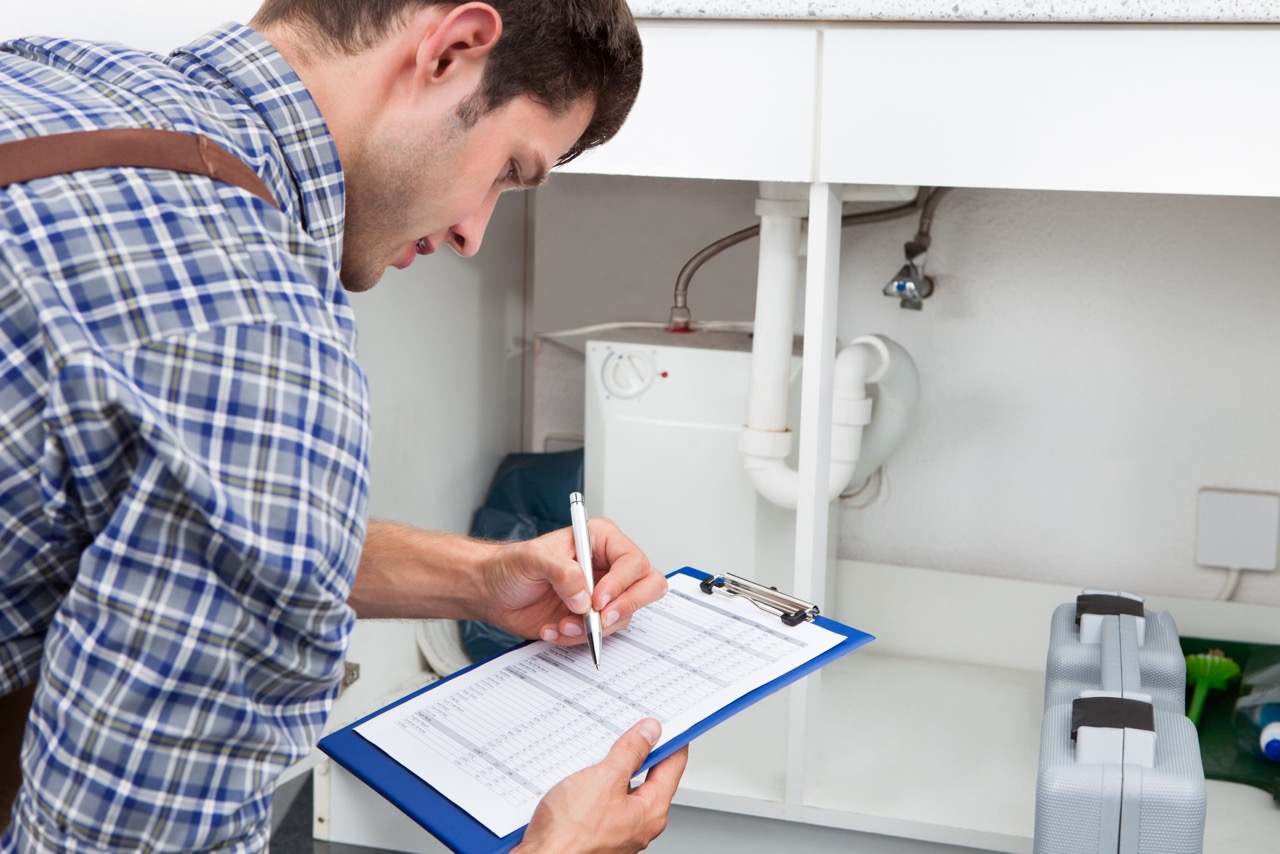
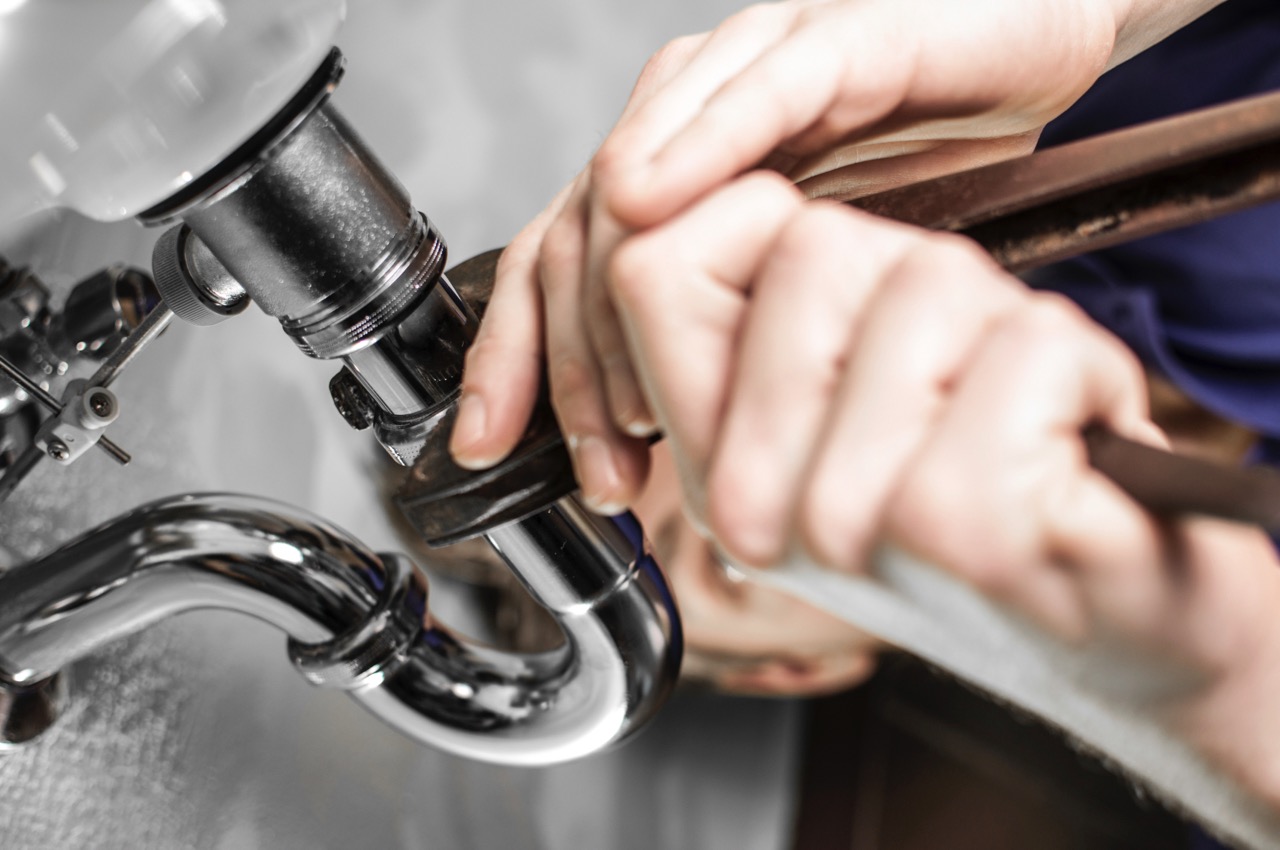
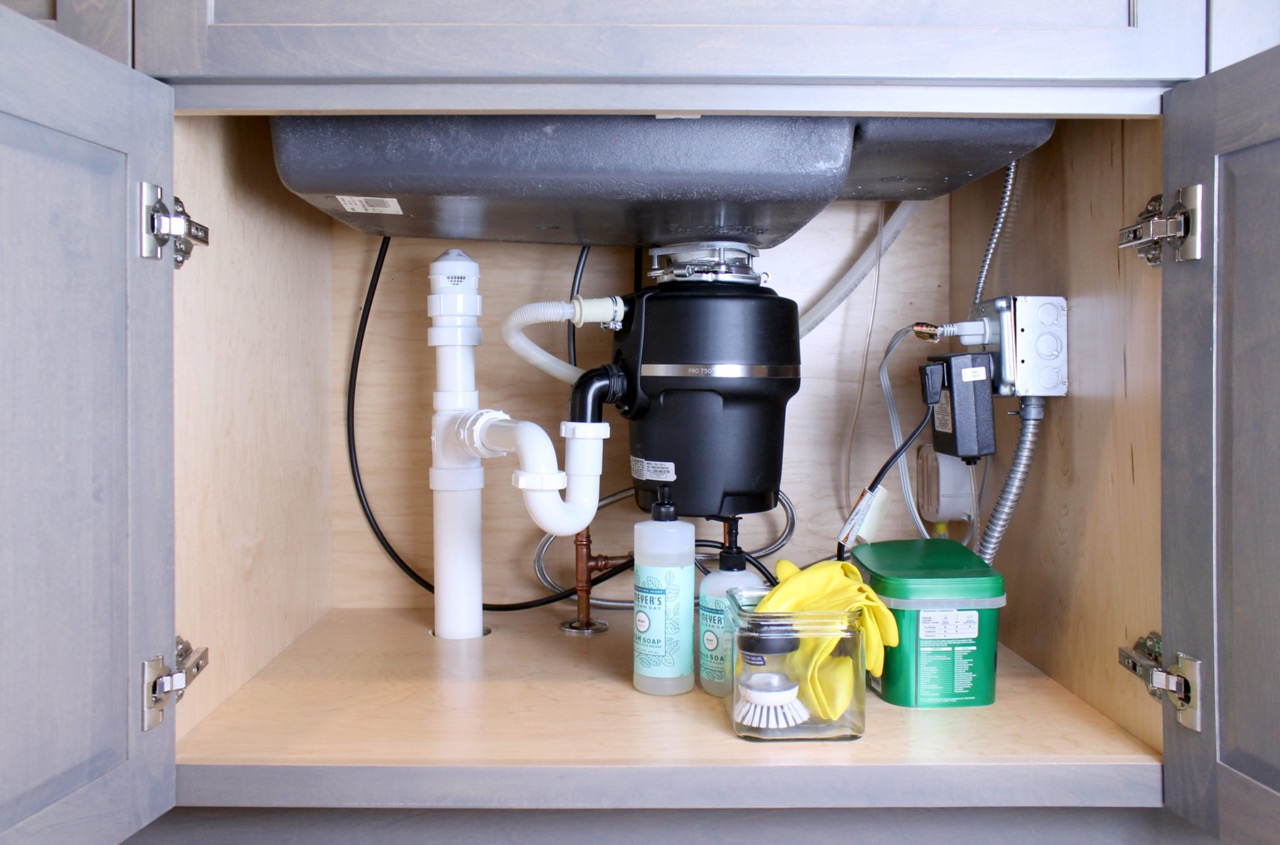
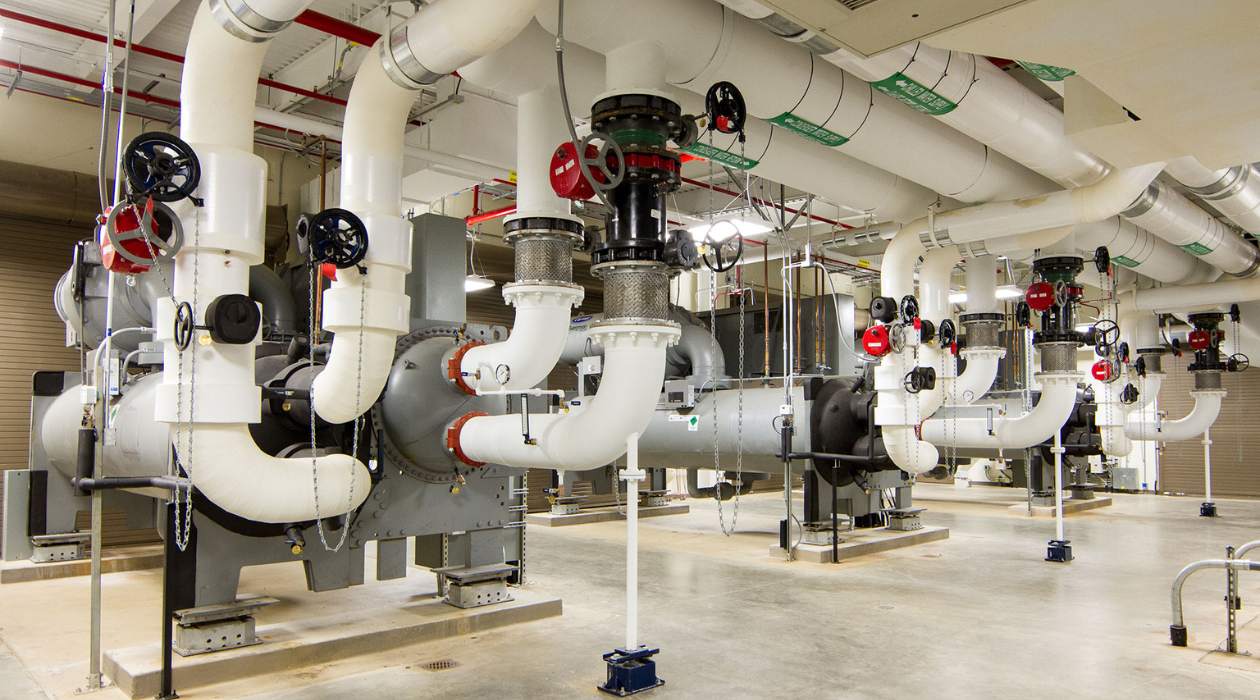
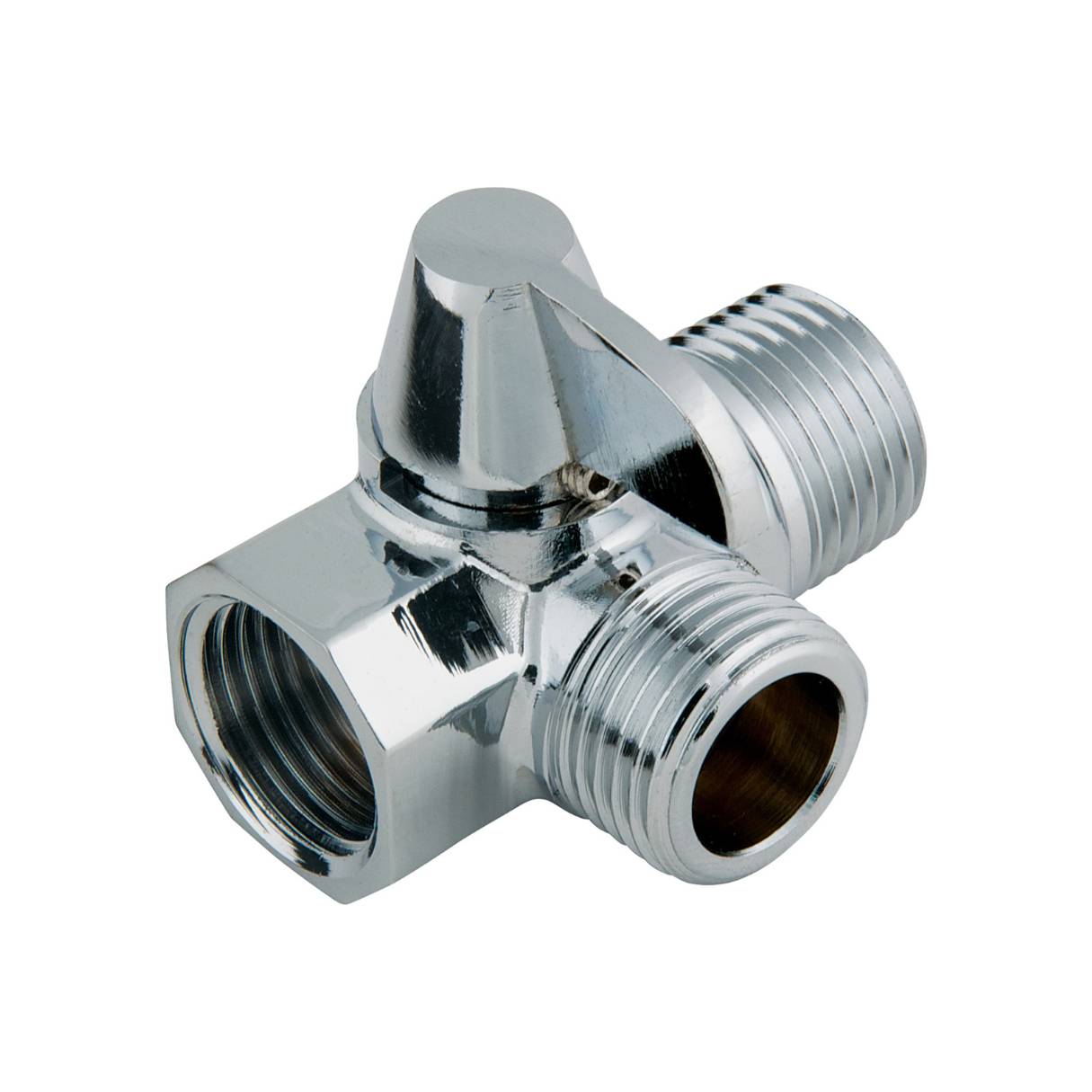

0 thoughts on “What Division Is Plumbing In Construction”